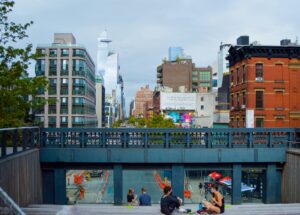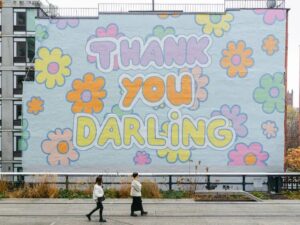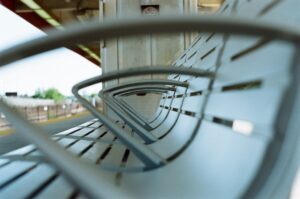Public space invites people to meet and interact. It allows human activity to flourish in cities, therefore, fostering cultural interactions, creativity, economic and social activity. Public spaces cannot reach their full potential if they are dominated by cars. Unfortunately, in many metropolitan spaces around the world, this is still the case today.
The pandemic highlighted the key role that local and metropolitan governments play in constructing the built environment. Urban regions are transforming their urban areas to give space back to people. They are providing better accessibility to green public spaces and meeting points within walking distance linked within a wider, resilient network of green spaces and good air quality.
Over the last two decades, cities all over the world have been working hard to transform public spaces and give them back to people, especially by providing less space for cars and more for pedestrians and cyclists. In the wake of the Covid-19 health crisis, there was a significant increase in the number of these initiatives worldwide. The pandemic has served as a reminder of the human need for social interaction. The basic function of urban spaces is to create places where people can easily meet. Just as the living room is the heart of our home, public space is the essence of a good urban environment, where people can live, meet each other and be active.
This publication aims to inspire and pave the way for metropolitan spaces in creating better public spaces for all, by providing urban planning tools, processes and recommendations. This initiative, led by the Brussels-Capital Region in collaboration with Medellín, Montreal, Seoul Metropolitan Government and Barcelona Metropolitan Area, aimed to exchange experiences on the future of public metropolitan spaces.
Read the full report on Metropolis
Recommended by Stephanie Cheung











More Stories
A Blueprint for Public Realm Leadership
How do public spaces strengthen local economies? Here are 4 ways.
Greece Makes Hundreds of Beaches Wheelchair-friendly